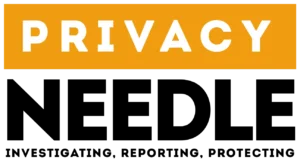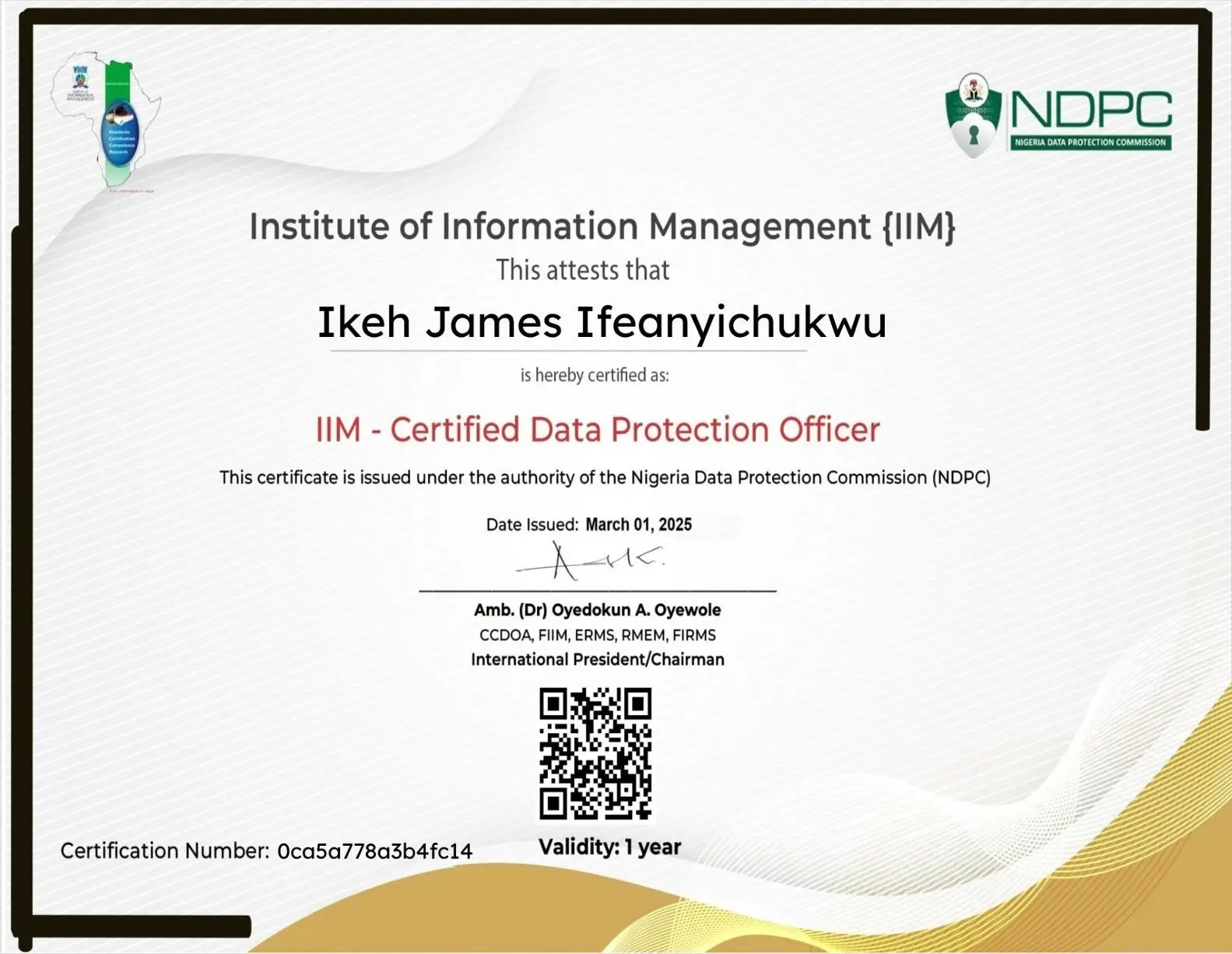The Link Between Cybersecurity and Data Protection: Why Both Matter
Share

In today’s digital-first world, cyberattacks and data leaks are more common than ever.
Yet, many people confuse cybersecurity with data protection—assuming they mean the same thing.
In truth, while the two concepts overlap, they serve distinct but complementary roles in safeguarding digital assets and personal data.
Understanding how they connect is the key to building true data resilience.
Cybersecurity vs Data Protection: What’s the Difference?
Though often used interchangeably, cybersecurity and data protection have different focuses:
| Aspect | Cybersecurity | Data Protection |
|---|---|---|
| Purpose | Prevent unauthorized access to systems and networks. | Ensure lawful, fair, and secure processing of personal data. |
| Focus Area | Technical and infrastructure security. | Legal and ethical handling of personal data. |
| Primary Tools | Firewalls, encryption, intrusion detection, MFA. | Data retention policies, privacy notices, consent management. |
| Driven By | IT and security frameworks (ISO 27001, NIST). | Privacy regulations (GDPR, NDPA, CCPA). |
| Goal | Keep hackers out. | Keep personal data protected, private, and used ethically. |
In short:
- Cybersecurity = Protection from external threats
- Data Protection = Responsible management of personal data
Both must work together to form a complete defense strategy.
Why Cybersecurity Alone Isn’t Enough
Strong cybersecurity prevents hacking—but that doesn’t guarantee compliance with privacy laws.
For instance, a company can have advanced firewalls yet still violate the GDPR if it collects or processes personal data unlawfully.
Cybersecurity safeguards data integrity and availability, while data protection ensures legal and ethical use.
Example:
A hospital with encrypted servers (good cybersecurity) could still breach privacy law if it shares patient data without consent (bad data protection).
How Cybersecurity Supports Data Protection
Cybersecurity forms the technical foundation for effective data protection. It enables compliance by ensuring that personal data remains secure throughout its lifecycle.
1. Encryption
Transforms sensitive data into unreadable code, protecting it from interception or theft.
Example: Encrypting customer databases or emails containing personal data.
2. Access Control and Authentication
Ensures only authorized personnel can view or process personal data.
3. Network Security and Firewalls
Prevent external breaches and malware infiltration.
4. Data Backup and Recovery
Protects availability and integrity—key elements of both cybersecurity and data protection.
5. Incident Response Plans
Ensure compliance with breach reporting obligations under laws like GDPR (72-hour rule) and NDPA (Nigeria).
Legal Connection: Privacy Laws Demand Security
Modern privacy frameworks explicitly link data protection to cybersecurity obligations.
| Regulation | Cybersecurity Requirement |
|---|---|
| GDPR (EU) | Article 32 mandates “appropriate technical and organizational measures” for security. |
| NDPA (Nigeria) | Requires data controllers to implement adequate security safeguards to prevent breaches. |
| CCPA (California) | Holds businesses liable for unauthorized data access due to poor security. |
| HIPAA (U.S.) | Mandates encryption, access control, and breach notifications for health data. |
Failing to maintain proper cybersecurity can therefore equal a data protection violation.
Real-World Example: Marriott’s GDPR Breach
In 2020, Marriott International was fined £18.4 million by the UK’s ICO after hackers accessed millions of guest records.
While the company’s cybersecurity team had some measures in place, regulators found it failed to implement “adequate technical security controls.”
This case shows that weak cybersecurity directly undermines data protection compliance.
Building a Unified Strategy: Cybersecurity + Data Protection
An integrated approach ensures both technical defense and legal compliance.
| Focus Area | Recommended Actions |
|---|---|
| Policy Alignment | Create joint cybersecurity and privacy policies. |
| Staff Training | Teach employees both security hygiene and privacy principles. |
| Data Mapping | Know where data resides and who can access it. |
| Encryption & Anonymization | Protect sensitive data in storage and transit. |
| Incident Management | Combine IT response with privacy breach reporting. |
| Vendor Management | Ensure third parties meet both security and data protection standards. |
Why Both Matter for Businesses
- Legal Protection – Non-compliance leads to fines (up to €20M under GDPR).
- Customer Trust – Users expect both data security and ethical use.
- Operational Continuity – Security breaches or privacy violations disrupt business operations.
- Reputation – Once breached, public confidence is hard to rebuild.
FAQs
1. Is data protection part of cybersecurity?
Not exactly—data protection uses cybersecurity tools but also involves privacy laws, ethics, and governance.
2. Can a company have cybersecurity without data protection?
Yes, but it risks legal penalties. Cybersecurity protects systems; data protection ensures compliance and user rights.
3. What’s the role of encryption in both?
Encryption secures data (cybersecurity) and ensures confidentiality (data protection).
4. How can small businesses manage both?
Start with basic cybersecurity hygiene (passwords, updates, backups) and a simple privacy policy outlining data use and deletion timelines.
Conclusion
Cybersecurity and data protection aren’t rivals—they’re partners.
Cybersecurity keeps threats out; data protection governs how information inside your systems is used.
Together, they form the core of digital trust—the new currency of modern business.
Ignoring either is like locking your doors but leaving the windows wide open.


























Leave a Reply